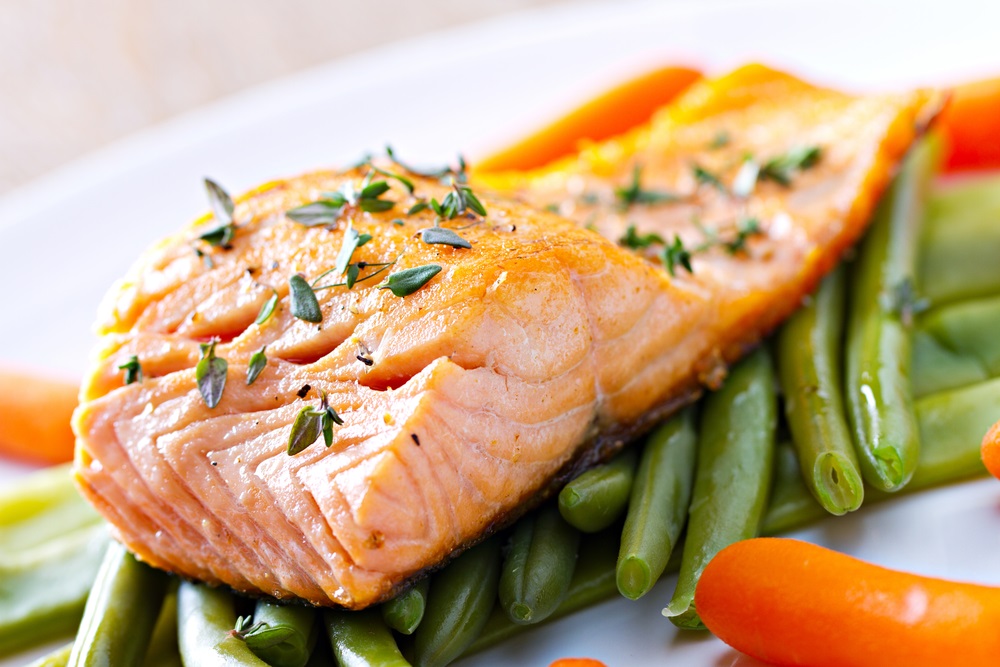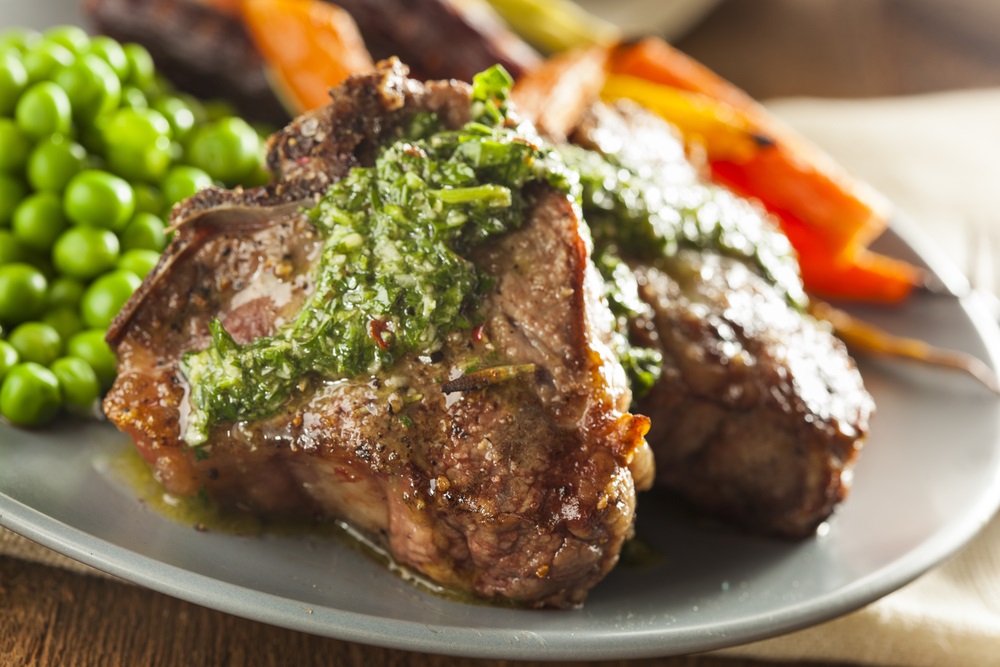- Home
- Blog
- Healthy Eating for Wellness
- What’s a serve of meat?
What’s a serve of meat?
Written by Catherine Saxelby on Wednesday, 02 November 2022.

Here’s my easy guide to the type of meat or other protein foods you should eat each day. I’ve divided this guide into food types that you can substitute for red meat, such as chicken, fish and eggs.
Protein foods are any foods that yield protein such as red meat (beef, lamb, veal, pork, goat and kangaroo), chicken, fish and eggs, as well as tofu, nuts, seeds and legumes. All of these provide protein, ranging from 25 per cent for meat and fish down to 8 per cent for canned chickpeas.
These foods are grouped together because they share similar nutrients, namely protein, fat, iron, zinc and vitamin B12 (for animal foods only).
You’ll see how much an adult woman needs to eat to stay healthy. Note that the serve size is often NOT the same as your portion size. The portion size is the amount you actually eat. We often eat MORE of meat foods than is recommended. Hence this post.
How much?
Aim for one to three serves a day. A standard serve of meat supplies about 500–600 kilojoules (120–143 Calories). A standard serve means:
- 65 g cooked lean red meats, such as beef, lamb, veal, pork, goat or kangaroo (about 90–100 g raw)
- 80 g cooked lean poultry, such as chicken or turkey (about 100 g raw)
- 100 g cooked fish fillet (about 115 g raw) or one small can of fish
- 2 large (120 g) eggs
- 1 cup (150 g) cooked or canned legumes, such as lentils, chickpeas or cannellini beans
- 1½ cups (170 g) tofu
Note: 90-100 grams raw weight become around 65 grams when cooked.

Instead of having 115 g cooked fish twice each day, for example, which doesn’t look much on the plate, you could have 230 g fish every second day. Or instead of having 65 g cooked red meat every day, you could have 130 g every second day.

Meat tops the list
Meat is the best source of protein, having about three times as much protein as eggs, milk, cheese, tofu or legumes. Meat is worth eating if you wish to raise your protein intake significantly (animal proteins are closer to those of humans). While fish and poultry match beef and lamb in protein content, nothing is as protein-rich as liver and kidneys, which are no longer popular options.
Can you eat too MUCH protein?
Yes. Any excess protein is diverted into energy (kilojoules or Calories). Unless you burn it up by physical exertion, it’s stored as body fat. Excess protein also puts pressure on your kidneys, which remove all the nitrogen from protein when they filter out waste.
High-protein low-carbohydrate diets, which can include unlimited eggs, meat and fish, can increase your protein intake to 300–400 g a day Researchers believe this may put too much load on the kidneys, worsening renal function. So, try to stick to about 75–100 g protein a day. You can get this by eating 200 g beef + 100 g canned fish + 2 eggs.
A day on a protein-rich diet
You can follow this meal plan if you’re eating for weight loss, or if you need a high intake of protein, iron and zinc. It supplies about 100 g protein, which is equivalent to 27% of your kilojoules from protein (higher than the usual 15–20%). It’s correspondingly lower in starchy carbohydrates (bread, cereal and potato) but doesn’t eliminate them altogether.
Breakfast
2 eggs, poached, with grilled tomato halves and mushrooms, served on 1 slice wholemeal toast, spread with 1 teaspoon butter
Lunch
A large salad with mixed leaves, cucumber and grated carrot, tossed with vinaigrette dressing, and topped with 200 g salmon (canned and drained) and ½ cup white beans (canned and drained)
Snack
½ avocado or a large handful of almonds or other nuts
Dinner
3–4 grilled lamb cutlets (about 200 g as bought with bone) topped with pesto, served with green peas, carrots and green beans
Dessert
A bowl of sliced fruit topped with ½ cup full-fat yoghurt
The bottom line
You can easily meet your protein requirements simply by eating eggs or legumes. In fact, most of us already consume what we need; there are no reports of insufficient protein intakes in adults who don’t need to lose weight.
In developed countries, nobody is running short of protein. We can run low on three minerals – iron, zinc and calcium – plus vitamin B12 and omega-3 fats, which are supplied by meat and fish. But not protein.
A maximum of about seven serves of lean red meat each WEEK is recommended. But variety is the key. If you have a couple of meatless meals through the week, you can combine two days’ worth of red meat meals, say by having 130 g cooked weight (200 g raw weight equivalent) every second day. This translates to 1 medium beef steak, which weighs about 200 g raw. Or start with 200 g raw poultry (no bone) or 230 g raw fish.
Foodwatch
The Good Stuff
The Boring Stuff
© 2025 Foodwatch Australia. All rights reserved
Website by Joomstore eCommerce






